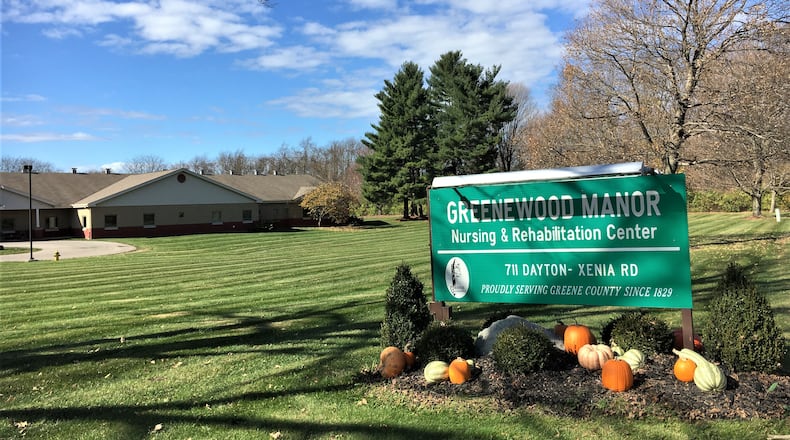The closure is a symptom of challenges to the industry, said Bob Applebaum, director of the Ohio Long-Term Care Research Project and a sociology and gerontology professor at Miami University. COVID-19 made the problem even more evident, Greene County Administrator Brandon Huddleson said. Greenewood Manor only started losing money after COVID hit, he said. The nursing home was down about $350,000 after a year.
Montgomery County and Clark County have offered jobs to former Greenewood Manor employees who want them. As of June 11, each resident had found a new place to go, the county said.
Greene County commissioners last week approved putting the 85 bed licenses up for sale via sealed bid.
“They will have difficulty selling those beds at the moment,” Applebaum said.
The number of people living in nursing homes has dropped over the past 15 years, Applebaum said, making selling beds more difficult than two decades ago. In the 1990s, nursing homes statewide operated at 90% capacity. In 2017, they operated at about 80% capacity. Post-COVID-19 numbers show nursing homes in Ohio are 71% full.
In the early 1990s, Ohio had about 10,000 licensed residential care beds, or beds in assisted living facilities. Today it has nearly 60,000, Applebaum said. In Greene County there are a handful of assisted living facilities scheduled to be built within the next few years.
Nursing home bed licenses sold for about $25,000 years ago, but Applebaum said the bed licenses likely would not sell for that much now, unless a large nursing home is built in Ohio or Greene County.
“The value of beds now is lower than it has been in many years,” Applebaum said.
This is not a problem unique to Greene County.
To help solve the issue, the DeWine administration proposed a $50 million fund that would buy back bed licenses from nursing homes and shrink the number of beds in the region. This did not make it into the most recent budget.
Applebaum said in Ohio, to have nursing home beds, a facility must have a certificate of need. There are a set number of certificates of need in the state, which is why facilities can buy bed licenses from one another. Public or private-sector nursing homes can buy those bed licenses, Applebaum said.
Assisted living facilities do not need a certificate of need to have a certain number of beds.
Older Ohioans increasingly want to live in assisted living facilities or at home with health aides coming to visit. Occupancy rates in nursing homes are down significantly because of this.
“The industry overall has suffered greatly during COVID,” Applebaum said. “It has not done well. It is also a completely different industry. The nursing home used to be the default. There are more options now.”
Applebaum said he thinks nursing homes could recover in the next few years with so many Ohioans aging, but would likely not reach its former stature.
The Butler County-run nursing home, the Care Facility, has also had issues since the pandemic hit. It’s experiencing a staffing shortage, which Applebaum said is a problem for many nursing homes. Through the years Butler County commissioners have had to bail the financially fragile nursing home out with general fund cash infusions, for a variety of reasons.
Greenewood Manor is located at 711 Dayton-Xenia Road in Xenia.
About the Author

